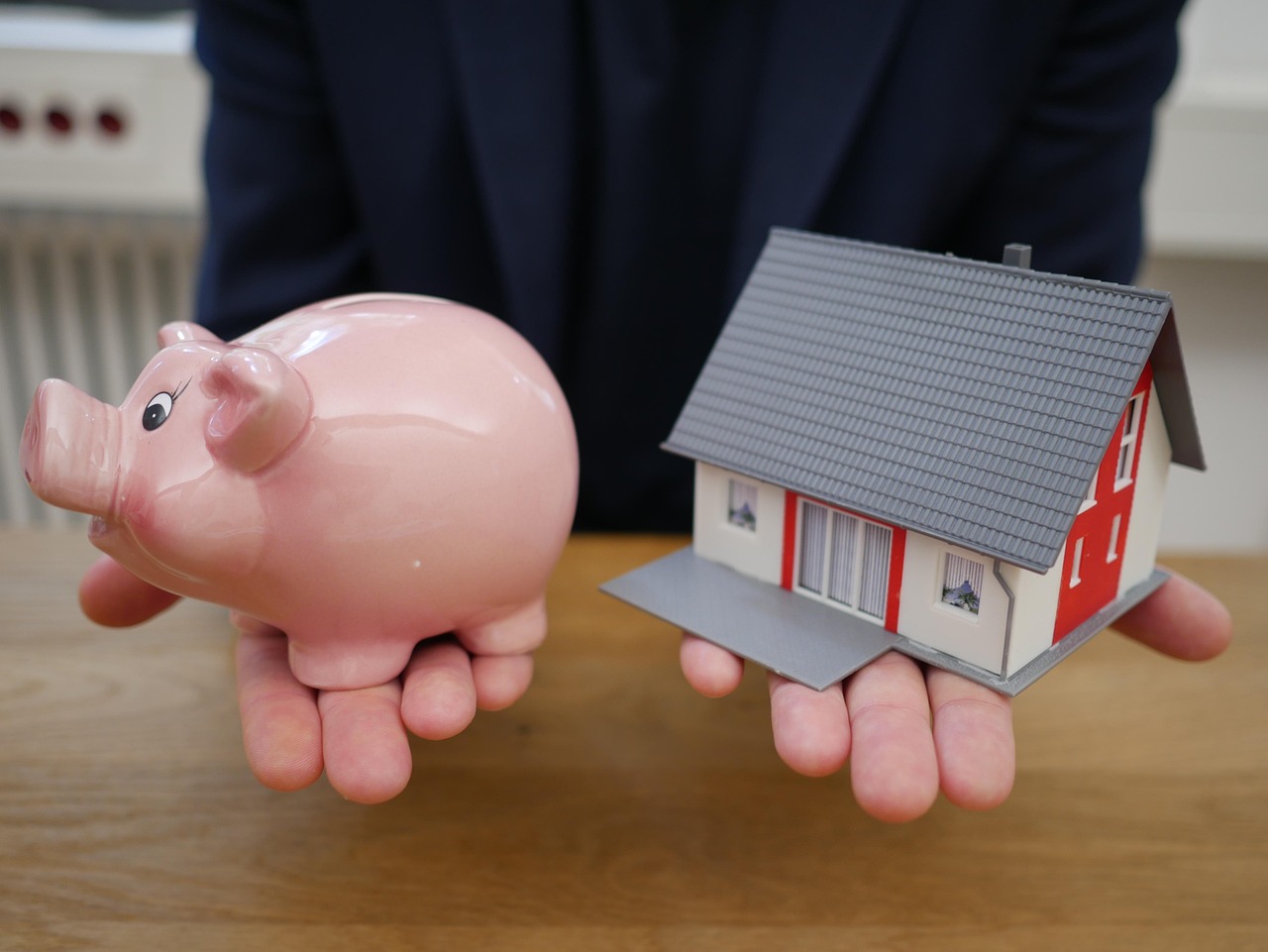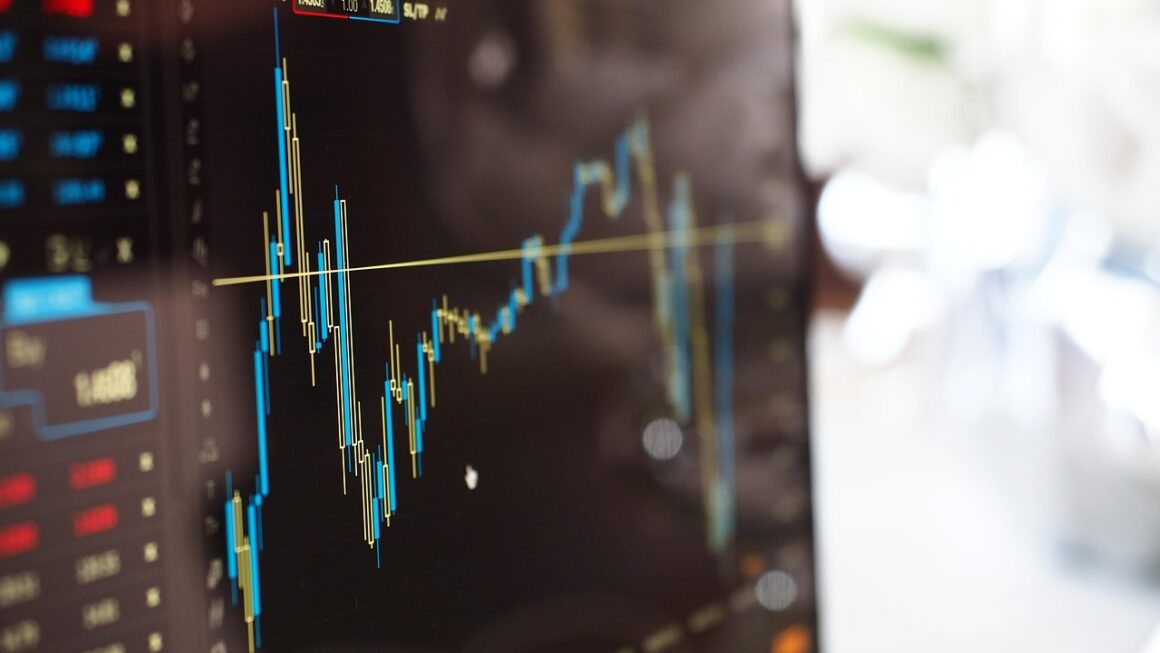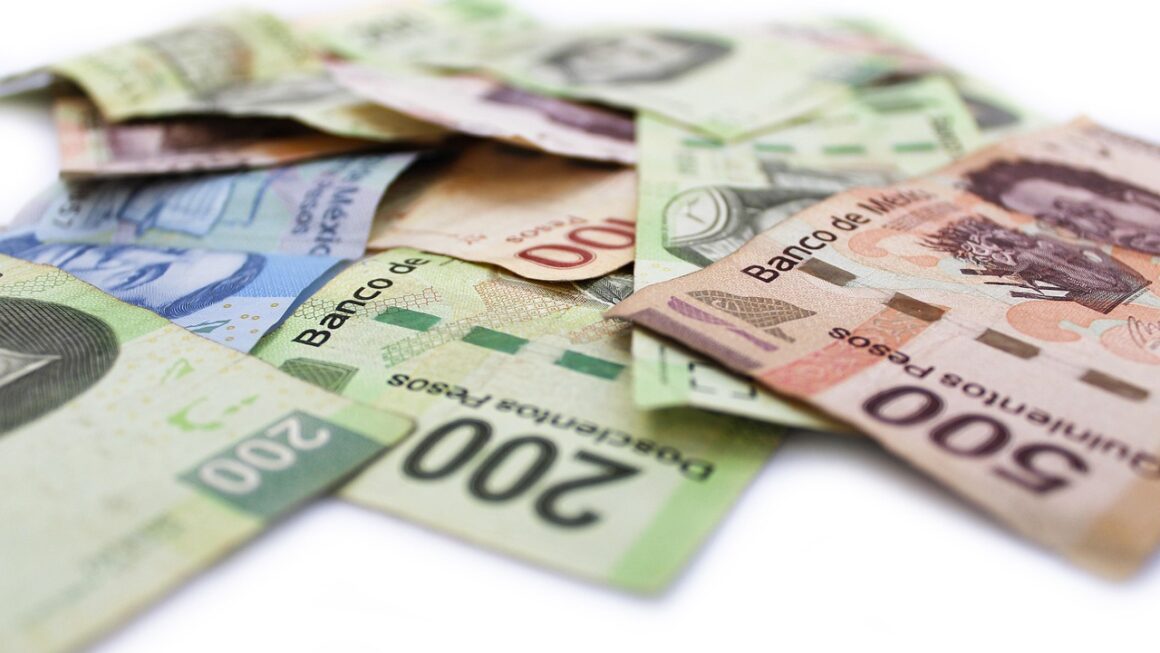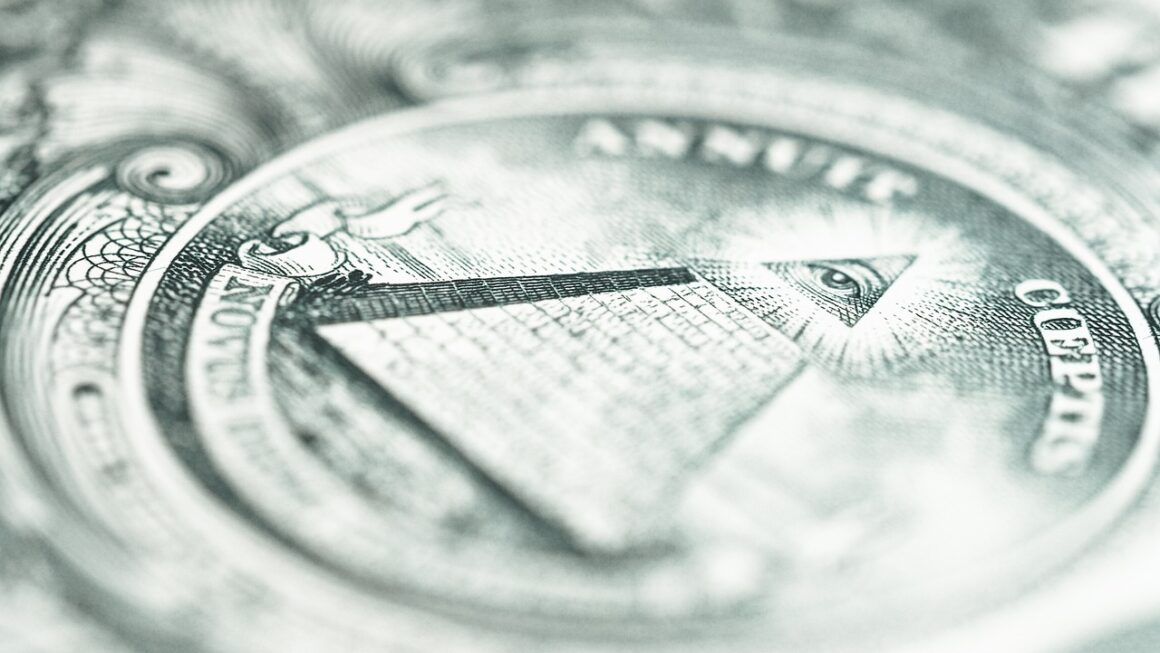Economic growth, a term frequently bandied about in news headlines and economic forecasts, is much more than just a number. It represents the pulse of a nation, reflecting its ability to improve the living standards of its citizens. Understanding what drives economic growth, how it’s measured, and its broader implications is crucial for businesses, investors, and individuals alike. This post will delve into the multifaceted world of economic growth, exploring its key components, challenges, and the strategies employed to foster sustainable progress.
Understanding Economic Growth
Economic growth refers to an increase in the production of goods and services in an economy over a period of time. It’s typically measured as the percentage increase in real gross domestic product (GDP), which adjusts for inflation, making it a more accurate indicator of true economic expansion.
What Does Economic Growth Really Mean?
Economic growth is more than just an increase in GDP. It signifies a rise in the total wealth and prosperity of a nation. This often translates to:
- Higher average incomes and improved living standards.
- Greater job opportunities and reduced unemployment.
- Increased investment in education, healthcare, and infrastructure.
- Improved technological advancements and innovation.
Why is Economic Growth Important?
Economic growth is fundamental for long-term societal well-being. Without it, a country struggles to provide adequate resources for its population, address social problems, and compete in the global economy. Think of it as the engine that powers societal progress. A stagnant economy can lead to decreased opportunities, social unrest, and a decline in overall quality of life.
Key Drivers of Economic Growth
Economic growth isn’t a random occurrence. Several factors play a crucial role in fueling its trajectory. Understanding these drivers allows policymakers and businesses to make informed decisions.
Factors of Production
The classic economic model identifies four primary factors of production:
- Land: This encompasses all natural resources, including land, minerals, forests, and water. Abundant and accessible natural resources can provide a significant competitive advantage. For example, countries rich in oil resources have historically benefited from substantial economic growth.
- Labor: The size and skill level of the workforce are critical. A well-educated and skilled workforce is more productive and contributes significantly to innovation. Investments in education and training are vital for developing a productive labor force.
- Capital: This refers to machinery, equipment, and infrastructure used in production. Investing in modern technology and infrastructure enhances productivity and efficiency. For example, investing in high-speed internet infrastructure can significantly boost businesses’ productivity and competitiveness.
- Entrepreneurship: Entrepreneurs are the innovators and risk-takers who drive economic activity. They identify opportunities, create new businesses, and develop new technologies. A supportive environment for entrepreneurship, including access to funding and streamlined regulations, is essential for fostering economic growth.
Technological Advancements
Technological progress is arguably the most significant driver of sustained economic growth. Innovations lead to increased productivity, new products and services, and improved efficiency.
- Examples: The invention of the printing press, the steam engine, the internet, and artificial intelligence have all revolutionized industries and spurred significant economic growth. Consider the impact of the internet on e-commerce, communication, and access to information, all contributing to economic expansion.
- Actionable Takeaway: Governments and businesses should invest in research and development to foster technological innovation and maintain a competitive edge.
Measuring Economic Growth: GDP and Beyond
While GDP is the most common metric, it’s not the only way to gauge economic growth and societal progress.
Gross Domestic Product (GDP)
GDP represents the total value of all goods and services produced within a country’s borders during a specific period, typically a year.
- Real GDP vs. Nominal GDP: Real GDP adjusts for inflation, providing a more accurate picture of economic growth. Nominal GDP is measured in current prices and can be misleading due to the effects of inflation.
- Limitations of GDP: GDP doesn’t account for income inequality, environmental degradation, or the value of non-market activities like volunteer work. It is also a single aggregated measure.
Alternative Measures of Progress
Recognizing the limitations of GDP, economists and policymakers are exploring alternative measures that provide a more holistic view of well-being.
- Human Development Index (HDI): Measures a country’s performance in three key dimensions: health, education, and standard of living.
- Genuine Progress Indicator (GPI): Adjusts GDP by incorporating factors such as income distribution, environmental costs, and the value of unpaid work.
- Sustainable Development Goals (SDGs): A set of 17 goals adopted by the United Nations to address global challenges such as poverty, inequality, and climate change. Tracking progress towards these goals provides a broader perspective on sustainable economic development.
Policies to Promote Economic Growth
Governments play a crucial role in creating an environment conducive to economic growth through various policies.
Fiscal Policy
Fiscal policy involves government spending and taxation.
- Government Spending: Investing in infrastructure, education, and research can stimulate economic activity and boost long-term growth. For example, investments in renewable energy projects can create jobs, reduce reliance on fossil fuels, and contribute to a more sustainable economy.
- Taxation: Tax policies can influence investment and consumption. Lowering corporate tax rates can incentivize businesses to invest and expand, while tax incentives for research and development can promote innovation.
Monetary Policy
Monetary policy is controlled by central banks and involves managing interest rates and the money supply.
- Interest Rates: Lowering interest rates can encourage borrowing and investment, stimulating economic growth. However, excessively low interest rates can lead to inflation.
- Money Supply: Controlling the money supply can help manage inflation and stabilize the economy.
Trade Policy
Open trade policies can promote economic growth by increasing competition and access to global markets.
- Free Trade Agreements: These agreements reduce tariffs and other trade barriers, allowing businesses to export their products more easily and access cheaper imports. The North American Free Trade Agreement (NAFTA), for example, aimed to eliminate trade barriers between the United States, Canada, and Mexico.
- Benefits of Trade: Increased exports create jobs, while access to cheaper imports lowers costs for consumers and businesses.
Challenges to Economic Growth
Despite its importance, economic growth isn’t always smooth sailing. Several challenges can hinder progress.
Inequality
Uneven distribution of wealth can undermine economic growth by limiting opportunities for a large segment of the population.
- Impact of Inequality: High levels of inequality can lead to social unrest, reduced investment in human capital, and slower economic growth.
- Addressing Inequality: Policies aimed at promoting income equality, such as progressive taxation and investments in education and healthcare, can help mitigate these negative effects.
Environmental Sustainability
Pursuing economic growth at the expense of the environment can lead to long-term negative consequences.
- Environmental Degradation: Pollution, deforestation, and climate change can damage ecosystems, deplete natural resources, and harm human health, ultimately undermining economic sustainability.
- Sustainable Development: Integrating environmental considerations into economic planning is crucial for ensuring long-term prosperity. Investing in renewable energy, promoting energy efficiency, and implementing stricter environmental regulations are essential steps.
Global Economic Shocks
External events, such as financial crises, pandemics, and geopolitical instability, can disrupt economic growth.
- Impact of Shocks: These events can lead to decreased demand, supply chain disruptions, and financial market volatility, negatively impacting economic activity.
- Building Resilience: Diversifying economies, strengthening financial systems, and investing in public health infrastructure can help mitigate the impact of global economic shocks.
Conclusion
Economic growth is a complex and multifaceted phenomenon crucial for improving living standards and fostering societal progress. While GDP remains a primary indicator, it’s essential to consider alternative measures that capture a broader perspective on well-being and sustainability. By understanding the key drivers of economic growth, implementing effective policies, and addressing challenges such as inequality and environmental degradation, nations can strive for sustained and inclusive prosperity. The path to sustainable economic growth requires a holistic approach that prioritizes not only economic output but also social equity and environmental stewardship.




